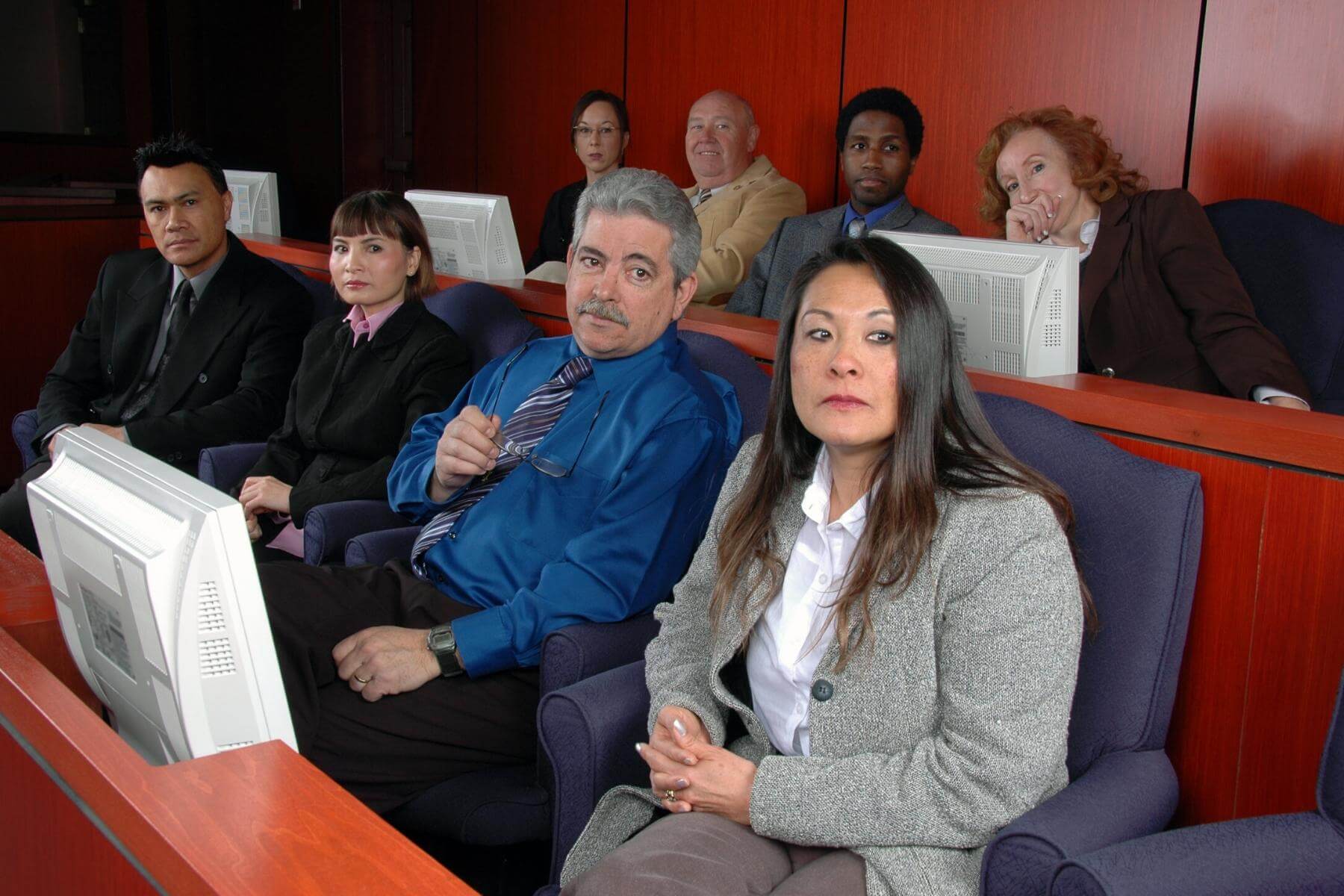Just How Trial Presentations Enhance Your Disagreement and Encourage Jurors
Trial discussions serve as an essential mechanism for improving lawful disagreements and encouraging jurors. The tactical usage of visuals not just clears up complex info but likewise records jurors' attention a lot more effectively than words alone.

Value of Visual Help
Visual aids play an essential duty in improving the effectiveness of test presentations, as they can substantially enhance target market interaction and retention of details. In the context of a trial, where jurors are entrusted with processing facility info, aesthetic aids offer to simplify and make clear bottom lines. Charts, graphs, and photos can communicate information and concepts that might otherwise bewilder or perplex jurors, permitting an extra straightforward understanding of the proof presented.
Furthermore, aesthetic aids help in preserving juror focus throughout the proceedings. By damaging the monotony of verbal testament, these tools can punctuate essential arguments, making them a lot more remarkable. Effective visual help can additionally evoke emotional feedbacks, which can be critical in convincing jurors to straighten with the presenter's narrative.

Crafting Compelling Narratives
An engaging story is important in trial discussions, as it works as the backbone of effective persuasion. It enables lawyers to weave with each other facts, evidence, and emotional components right into a coherent story that resonates with jurors. This narrative framework makes it possible for jurors to understand the complexities of the case while assisting them via the lawyer's debate.
To craft a compelling narrative, attorneys ought to concentrate on clearness and comprehensibility. This entails developing a clear lead character-- frequently the client-- and describing their journey with the events in concern. Providing the truths in a rational series improves understanding and preserves interaction. In addition, the usage of brilliant summaries can produce psychological photos that aid jurors envision the occasions, making the story a lot more memorable.
Additionally, integrating essential themes throughout the discussion strengthens the core message and aids in retention - trial presentations. The story needs to not just convey information however likewise evoke a feeling of justice, highlighting the risks included. Ultimately, a sound narrative fosters a link between the jurors and the case, placing the attorney's argument as both reliable and compelling, therefore boosting the possibility of a favorable decision

Engaging the Court Psychologically
Efficient court engagement rests on the attorney's capability to connect with jurors on an emotional degree. This connection can dramatically impact jurors' assumptions and their ultimate decision-making. Using sob stories permits attorneys to humanize the situation, changing abstract legal ideas right into relatable experiences. By presenting real-life stories or endorsements, attorneys can evoke compassion and compassion, promoting a much deeper understanding of the concerns at stake.
Visual aids, such as photos or video clips, can better enhance this content emotional interaction, supplying jurors with dazzling representations of the case's human aspects. Crafting a story that highlights the battles and accomplishments of the people entailed ensures that jurors see beyond the legal arguments and acknowledge the human repercussions of their choices.
A lawyer's passionate shipment can resonate with jurors, enhancing their psychological financial investment in the instance. It's important to stabilize emotional charms with factual evidence, guaranteeing that jurors really feel obliged to act while continuing to be grounded in the reality.
Structuring Your Discussion

The body of the discussion must be logically fractional into vital factors, each supported by engaging evidence. It is valuable to utilize narration methods to weave realities into a story webpage that jurors can easily adhere to. Visual help, such as graphes and videos, can boost comprehension and interaction, helping to highlight important pieces of proof.
Real-World Instance Research Studies
Examining real-world situation researches provides vital insights into the art of test discussions and persuasion. For example, the spots situation of "O.J. Simpson v. Individuals of The golden state" illustrates exactly how aesthetic help and compelling narratives can persuade jury assumptions. The protection group efficiently utilized an approach that incorporated high-profile expert statements with multimedia discussions, which captivated jurors and ultimately influenced their choice.
One more significant instance is the "McDonald's Coffee Situation," where the plaintiff's attorneys used graphic photos of the injuries sustained by Stella Liebeck. trial presentations. This raw visual proof played an essential function in sharing the extent of her burns, leading to a considerable court honor. Such situations show that impactful trial discussions usually hinge on the efficient integration of visuals and storytelling to stimulate emotional reactions from jurors
In addition, the "Casey Anthony Test" highlighted the importance of narrative coherence and reputation. The prosecution's failure to develop an engaging timeline diminished their influential power, emphasizing the need of a well-structured presentation. Examining these cases discloses that successful trial presentations need calculated preparation, emotional involvement, and the ability to resonate with jurors' worths and ideas.
Conclusion
Trial discussions dramatically improve debates and encourage home jurors through the critical use of visual aids, engaging narratives, and psychological interaction. A well-structured discussion balances emotional charms with factual proof, inevitably reverberating with jurors' values.